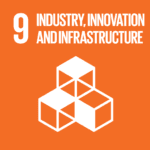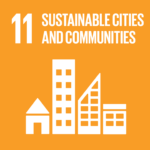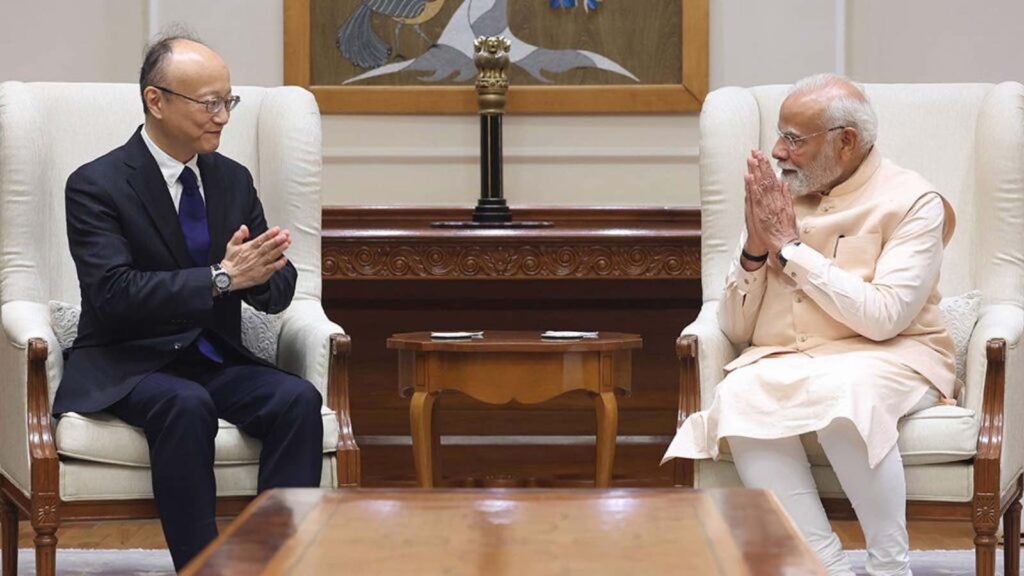New initiative aims to modernize metro systems, expand clean infrastructure, and draw private capital to transform India’s urban future.
New Delhi – With Indian cities racing toward a projected urban population of 40% by 2030, the Asian Development Bank (ADB) has stepped in with a bold $10 billion plan to reimagine the nation’s urban infrastructure. Announced during ADB President Masato Kanda’s visit to New Delhi, the five-year initiative is being positioned not just as a financing pledge—but as a catalyst for metro expansion, clean energy growth, and sustainable urban ecosystems.
“Cities are engines of growth,” said Mr. Kanda following his meeting with Prime Minister Narendra Modi. “ADB will mobilize capital, accelerate delivery, and scale solutions that keep India’s urban economy moving and people thriving on the road to Viksit Bharat @ 2047.”
RELEVANT SUSTAINABLE GOALS



Metro Expansion as a Template for Growth
India’s metro networks have long symbolized both aspiration and congestion relief. ADB has previously committed $4 billion toward metro and RRTS projects in eight cities including Mumbai, Delhi, Chennai, and Bengaluru. These projects have not only cut emissions and traffic, but widened access to mobility for underserved populations, including women and people with disabilities.
During his visit, Mr. Kanda toured the Delhi–Meerut RRTS corridor—India’s first—and met with women beneficiaries who received job training tied to the project. His visit underscored the initiative’s people-first framing, where infrastructure development is coupled with community uplift.
A recurring theme during ADB’s discussions with Indian officials, including Finance Minister Nirmala Sitharaman and Housing and Urban Affairs Minister Manohar Lal, was the critical role of private capital. From transit to clean energy, the plan emphasizes co-investment, with ADB providing up to $1 billion annually in non-sovereign operations to catalyze broader financing.
“India’s private sector can provide the scale and dynamism needed to drive growth,” Mr. Kanda said during a roundtable with business leaders from infrastructure, finance, agriculture, and the social sector.
Blueprint for Regional Urbanization
India’s push toward “Viksit Bharat”—a developed India by 2047—hinges on its ability to build resilient, inclusive, and smart urban centers. ADB’s support complements India’s broader strategy to integrate sustainable mobility, digital infrastructure, and climate-friendly development.
With 81 active sovereign loans totaling $16.5 billion and an established presence since 1986, ADB is not new to India. But this latest package signals a shift from piecemeal projects to holistic, system-wide transformation.
This announcement comes at a time when Asia’s cities face converging pressures—from population booms to climate risk. ADB’s urban focus in India may well become a blueprint for similar models across South and Southeast Asia, particularly where large-scale urban migration, rising emissions, and aging infrastructure converge.
In a region where the speed and scale of development often outpace planning, the stakes for getting urban transformation right are immense. As cities absorb more people and power economic growth, the quality of life—and sustainability of that growth—will depend on the kind of infrastructure that ADB’s initiative seeks to deliver.
As President Kanda’s visit ends, the message from both sides is clear: India’s urban future cannot wait, and the momentum must be matched by inclusive, accountable, and high-impact delivery.
Lead image courtesy of ADB (image : ADB President Masato Kanda and Prime Minister of India Narendra Modi meet in New Delhi on 31 May 2025)
You may also be interested in :
ADB’s $500 Million Boost To India’s Green Infrastructure Ambitions





